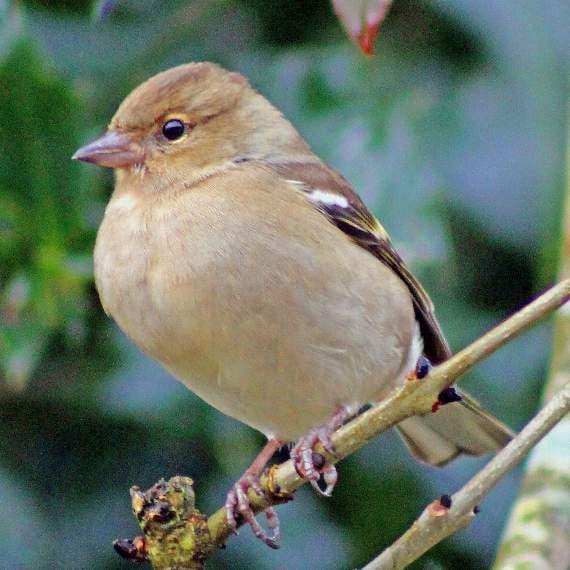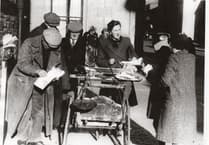Photographer Ray Roberts spots chaffinches and wagtails, a mine adit, and the favourite flower of William Wordsworth, all on a stroll near his home in South East Cornwall - but doesn’t quite hear a cyclist approaching!
Trehunsey Bridge is a mile down the road from Quethiock and walking down to the bridge is easy but of course, the way home is all uphill. Last week I went down to see what was growing and to spot any birds or animals that live down there.
First, I crossed the bridge which is very peculiar as the water beneath it is less than half a metre below the two arches. Now, I’m not sure whether the bridge was built with these low arches or if there is a thick layer of silt on the river bed or just too much rain.
A short distance up the road towards Pengover there is a mine adit that runs down from the old Treweatha Mines that were just up across the fields. An adit is a small tunnel that was dug from the mine down to the bottom of the hill to drain water away from the mining face. Although clear water was running down into the road drain there was rust coloured sludge on the bed of the stream, this indicates the presence of iron in the silt.
Now, my hearing is pretty poor and when I visited the bridge before Christmas, I was walking quietly over it when a rather large lady on a bicycle literally brushed past me. I shouted to her, “Ring your bell next time you see me!” “I haven’t got one”, she shouted back as she turned the corner.
Back when I bought my first push-bike at fifteen years old, Mr Jago, who had a shop near the Cattle Market in Liskeard, told me that a bell and mudguards were a legal requirement, as were front a rear lights. Nowadays bikes have none of these fitted but some have a small flashing light, that allows you to be seen, but not to see where you are going.
Anyway, in the gateway opposite Trehunsey Bridge I spotted a grey wagtail looking around for some food. Come to think of it, this is where I saw one of these grey birds with a yellow front, but that was some years ago. And watching the wagtail was a female chaffinch that was perched up on the hedge. The female chaffinch does not have the copper coloured breast and blue-grey crown that the male sports. Chaffinches are usually seen in gardens where they take advantage of the seed feeders.
Near the bridge and along the roadsides there were lots of lesser celandines – Ranunculus ficaria – out in bloom. These flowers are appearing everywhere now and in case you have forgotten, they were the favourite flower of poet William Wordsworth who wrote three poems about these beautiful yellow blooms.
The small maidenhair spleenwort – Asplenium trichomanes – ferns can be found growing in the joints between the stonework of the bridge. This must be one of our smallest ferns – of which there are over fifty species growing in Britain – and, of course, the plants are flowerless, reproducing by means of spores that are produced on the underside of the of the leaves.




